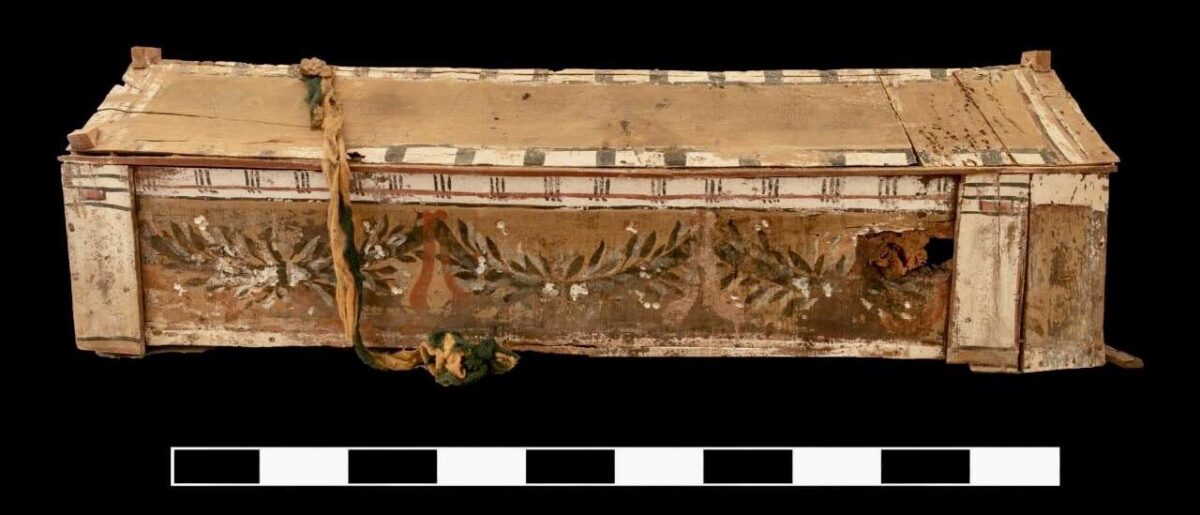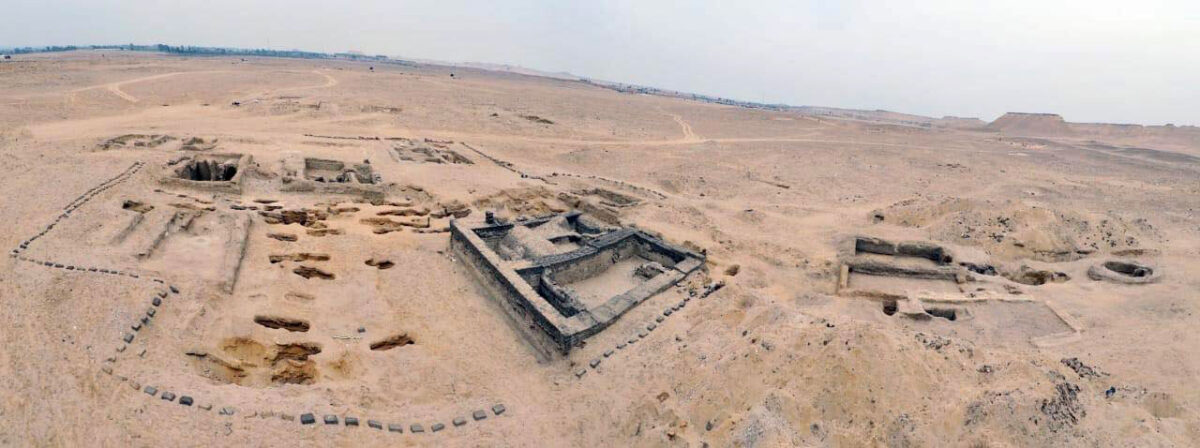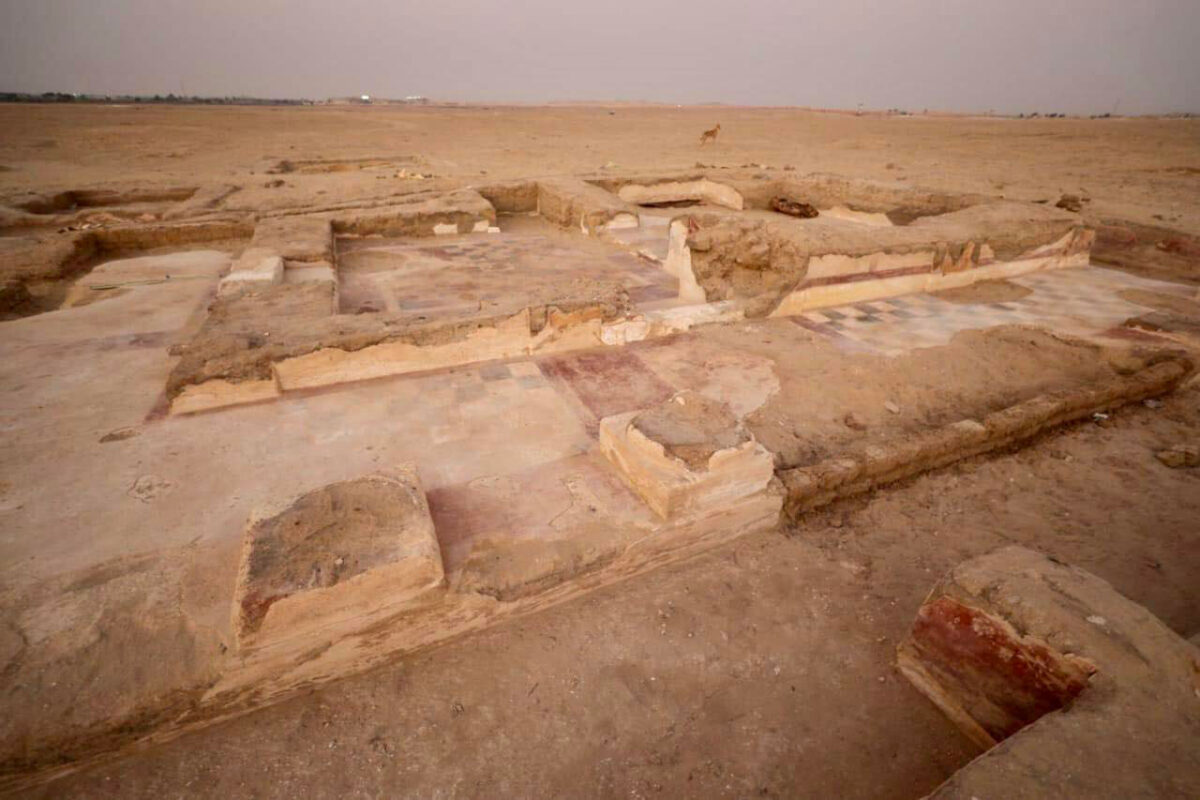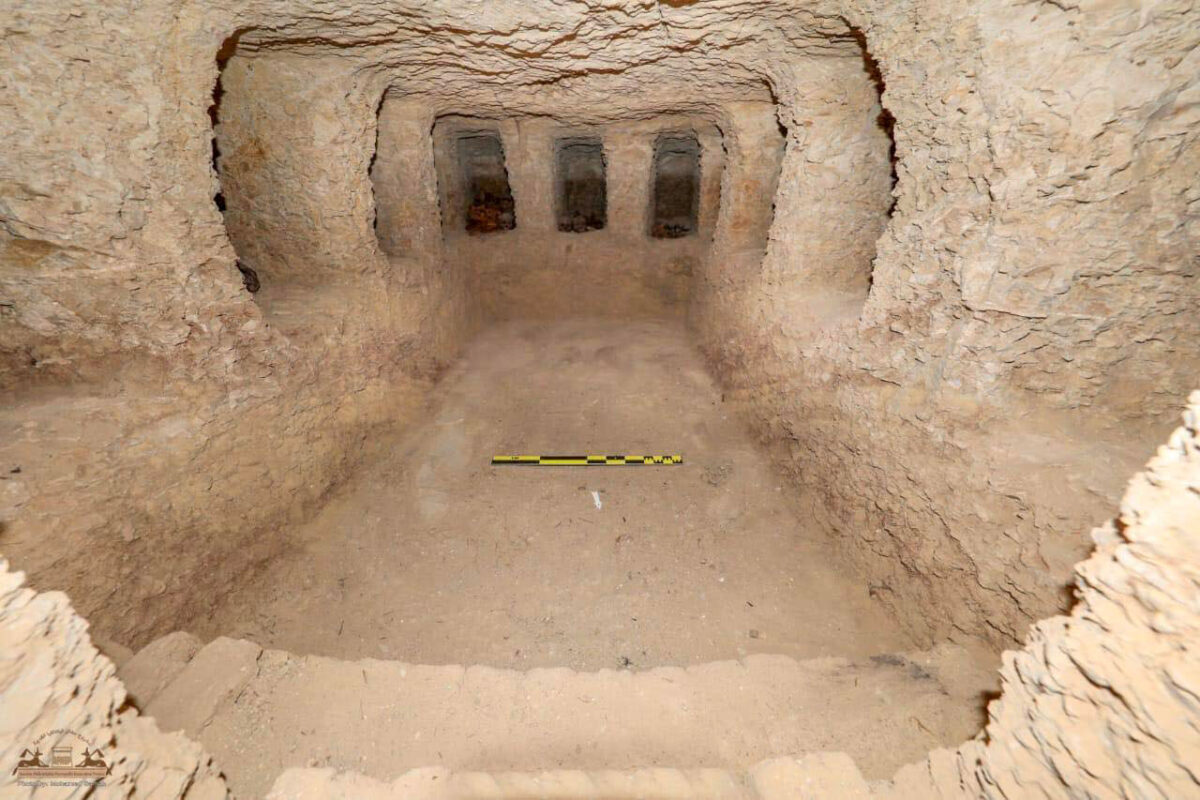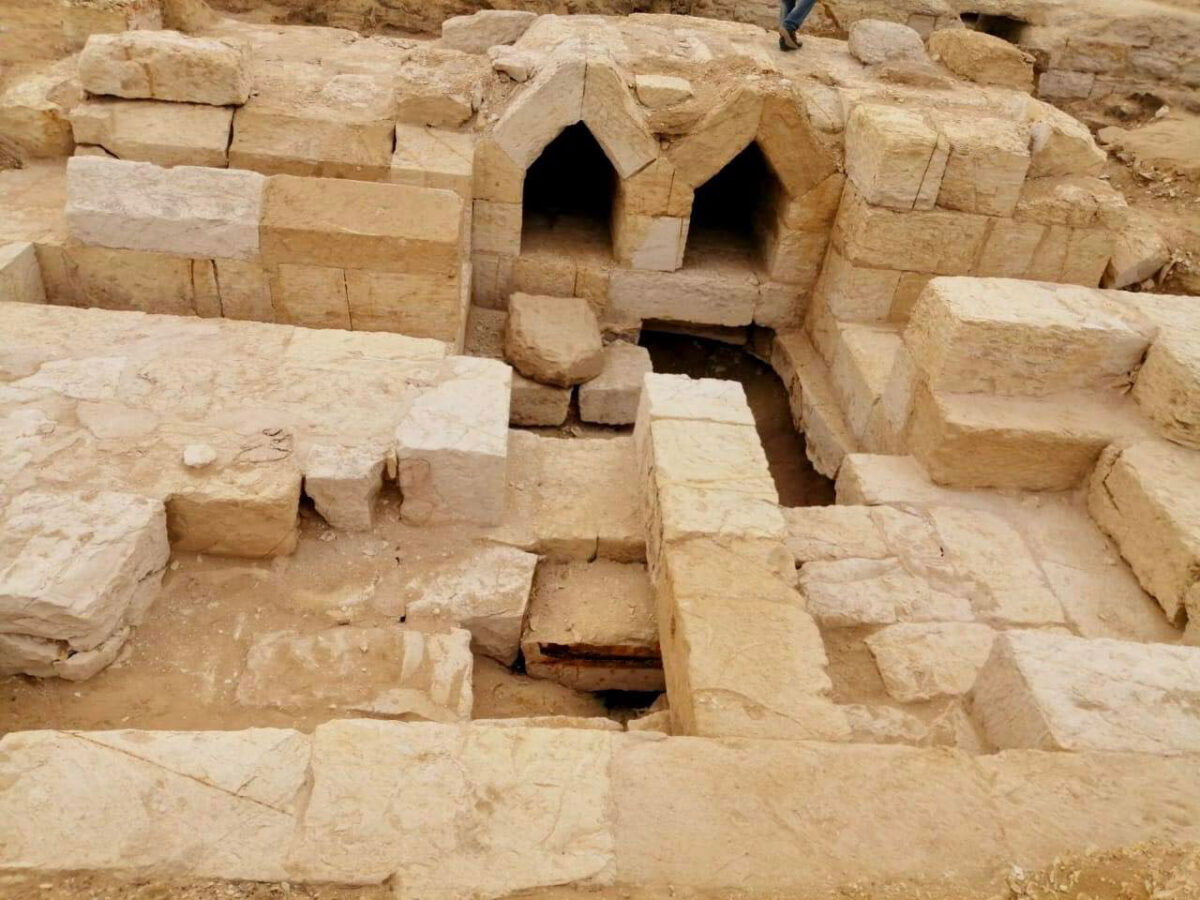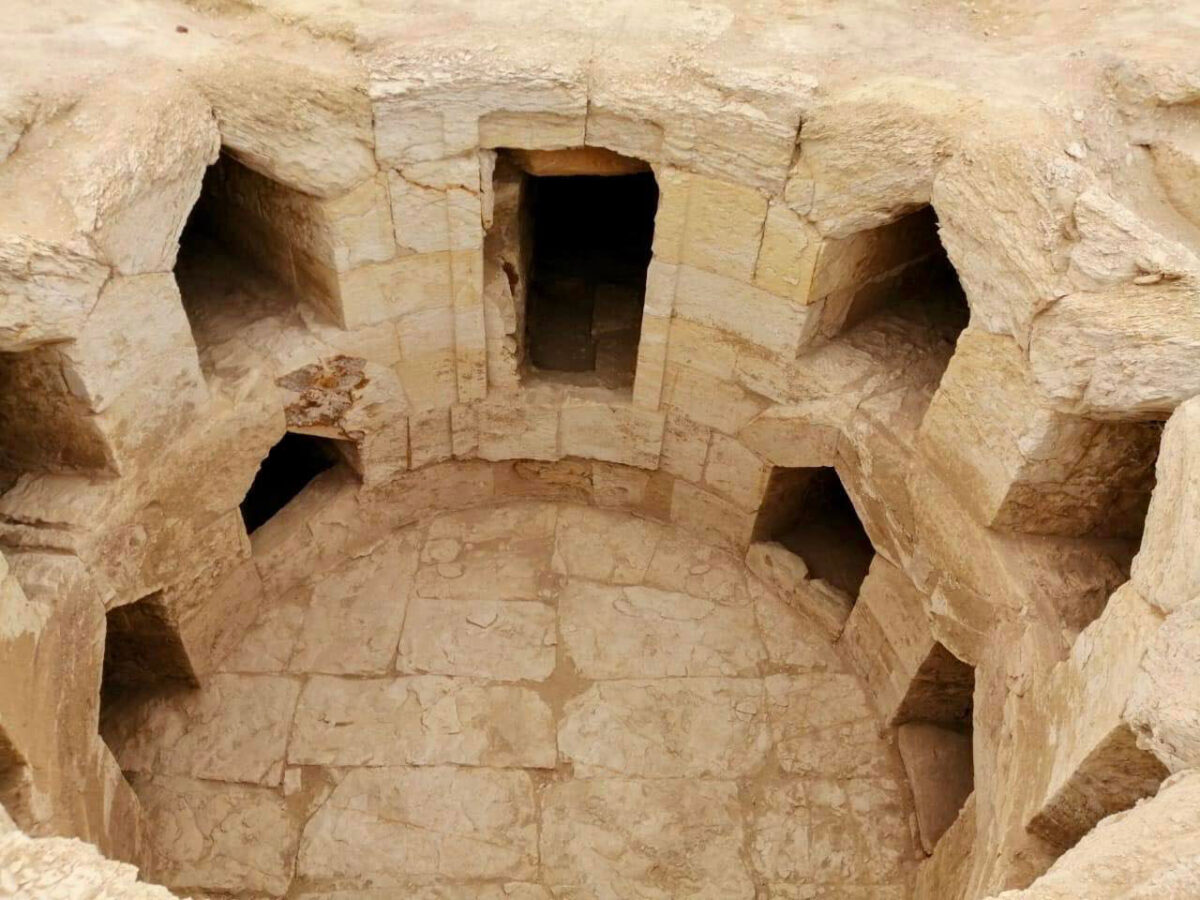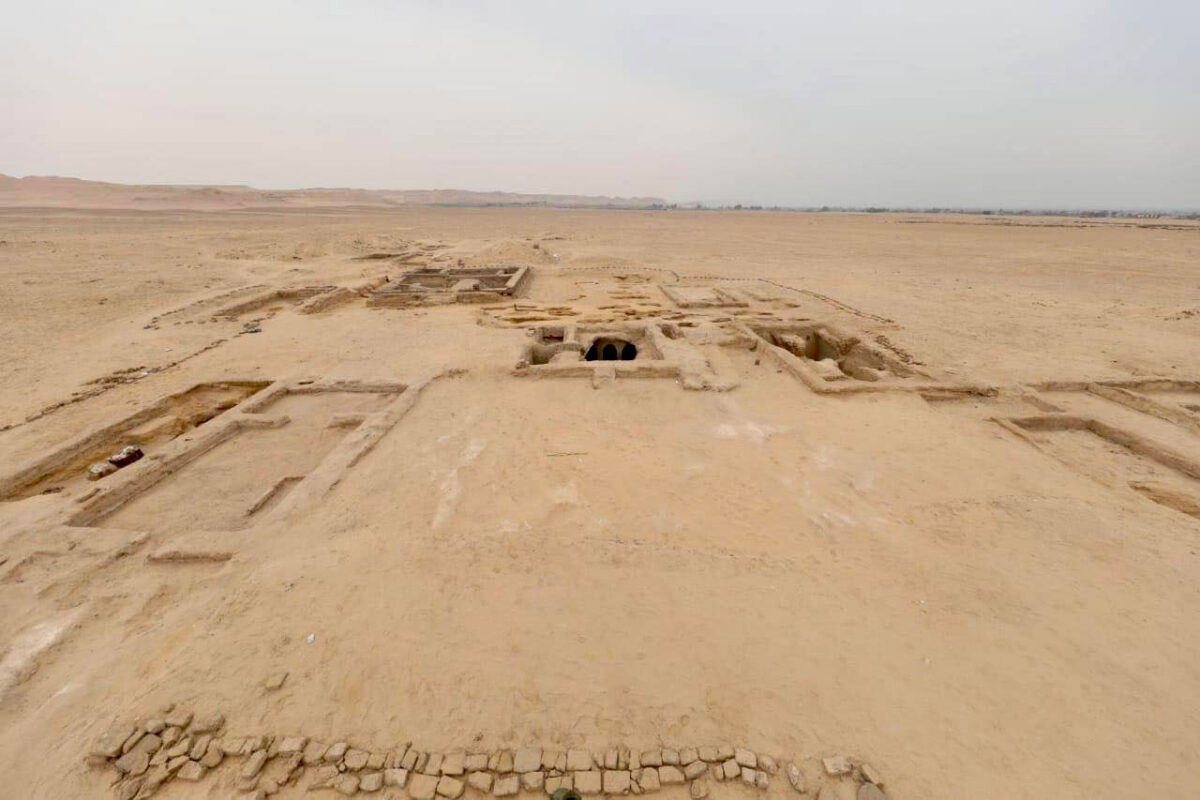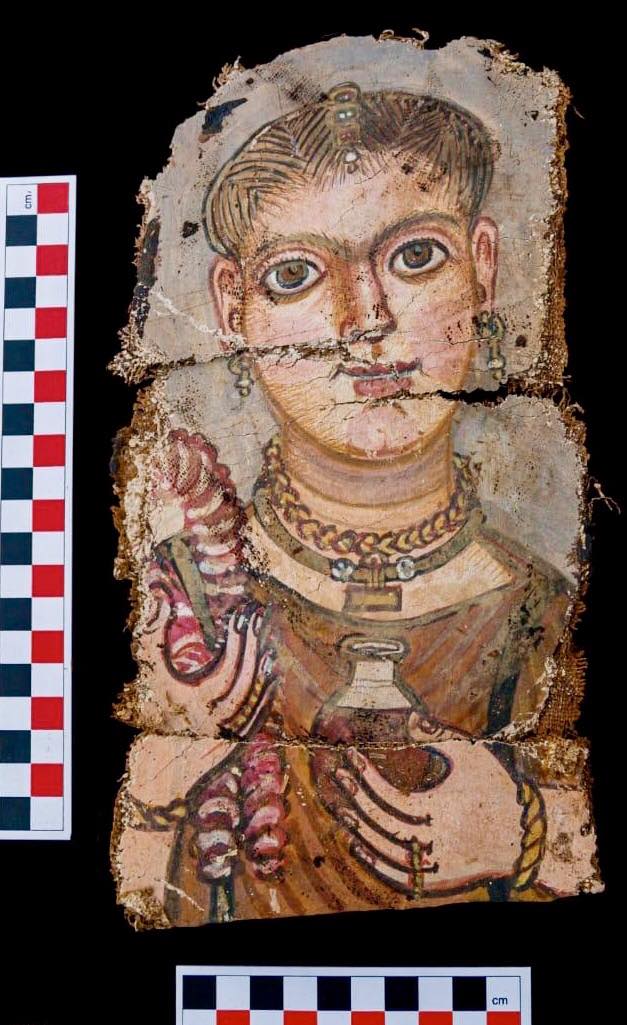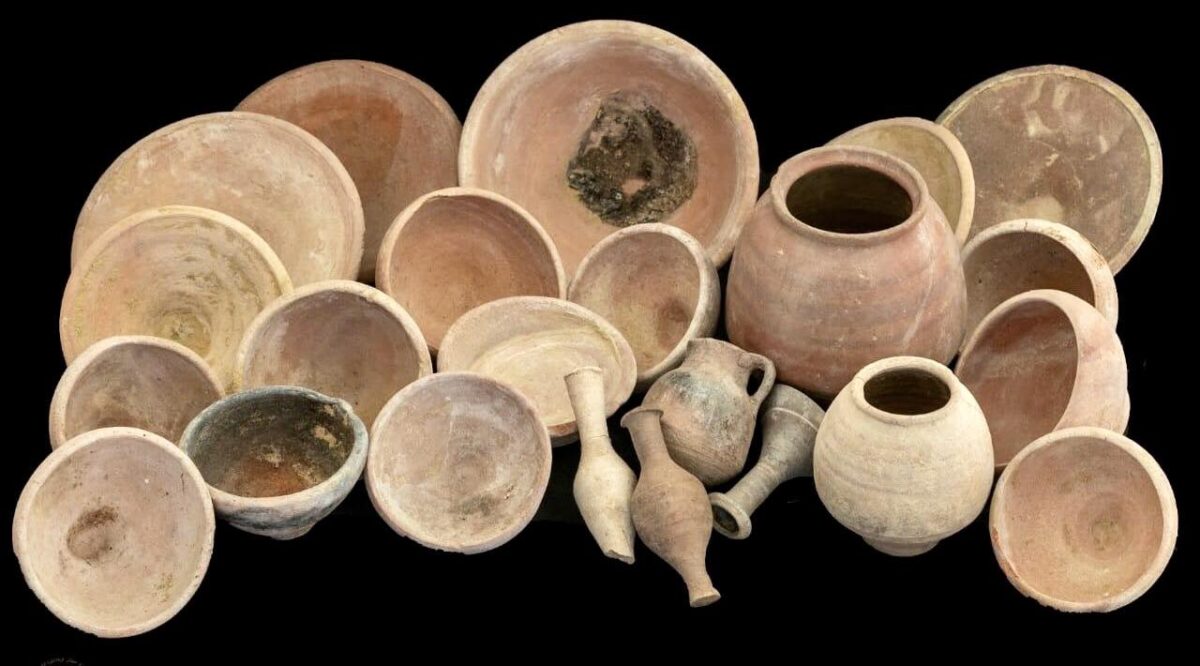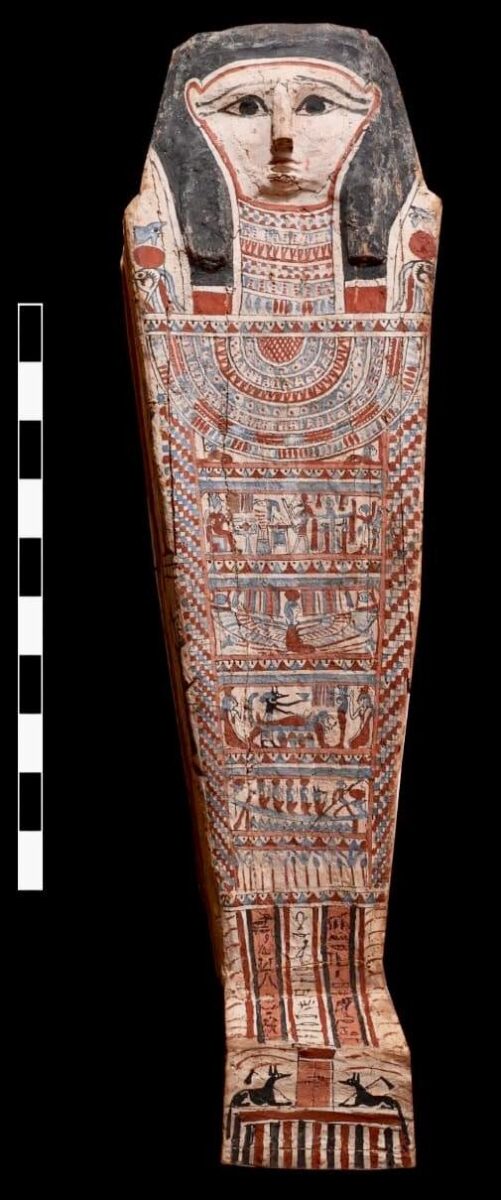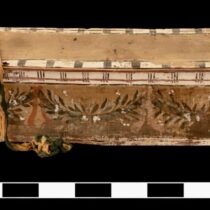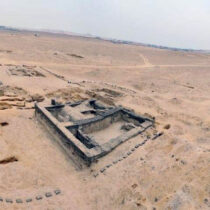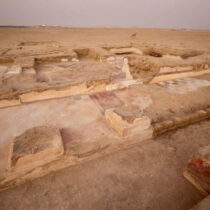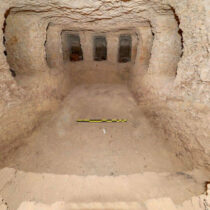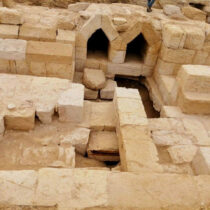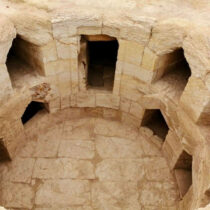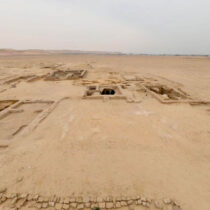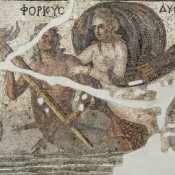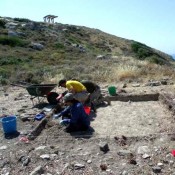The Egyptian archaeological mission working on the site of Gerza in Fayoum has revealed a huge funerary building from the Ptolemaic and Roman periods, as well as a number of Fayoum portraits, during its tenth excavation season this month.
Dr. Mostafa Waziri, Secretary General of the Supreme Council of Antiquities, explained that what was discovered at the site illustrates the diversity and difference in the accuracy and quality of the embalming process during the Ptolemaic and Roman eras, and indicates the economic level of the deceased, from high-quality embalming to simple burials. He also noted that finds such as a terracotta statue of the goddess Isis Aphrodite in one of the burials inside a wooden coffin, and a number of papyri inscribed in Egyptian Demotic and Greek, indicate the social, economic and religious conditions of the inhabitants of the region during that period.
As for the architectural remains, Dr. Adel Okasha, head of the Central Department of Egyptian Antiquities in Central Egypt, indicated that what has been found is a huge building of funerary house type, with a floor made of colored lime mortar and decorated with interchangeable tiles. On its southern side, there is a colonnade of which four columns survive. Through the building, there is also access to a narrow street.
He added that among the many and diverse artifacts found and recorded, the portraits of mummies, or what is known as Fayoum portraits, are of great importance. Such portraits had been found by the English archaeologist Flinders Petrie more than 115 years ago.
For his part, Dr. Basem Jihad, the supervisor of the central training unit and head of the mission, said that the mission also succeeded in uncovering a number of coffins of different styles, some of them in the human form and others in the Greek form with a gabled roof.
He pointed out that the Egyptian archaeological mission began excavation work at Gerza in 2016. Since then, the mission has revealed portable and immovable finds, reflecting the typical funerary customs of the period from the 3rd c. BC until the end of the 3rd century AD, particularly through a mixture of Egyptian and Greek architectural and stylistic traits. Among these finds are six huge mud-brick tombs of the Catacomb-type mass grave.
The settlement of Gerza was known as Philadelphia in the Ptolemaic era. It was established in the 3rd century BC as a central settlement in the framework of an agricultural reclamation project implemented by King Ptolemy II (Philadelphia) in the Fayoum region, with the aim of securing food sources for the Egyptian kingdom. Based on cultural traits reflected in the finds, the settlement hosted both Egyptians and Greeks.
